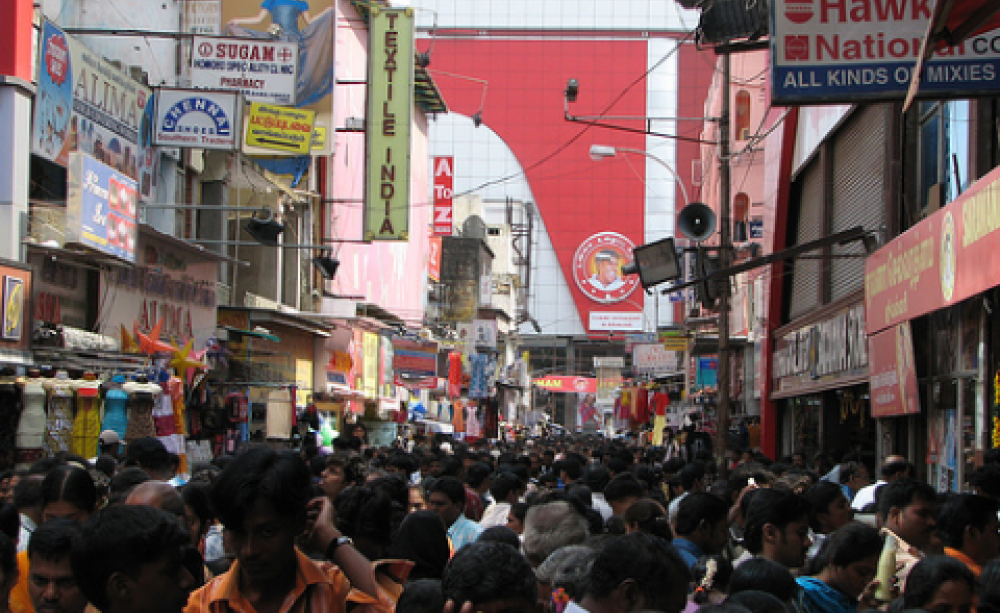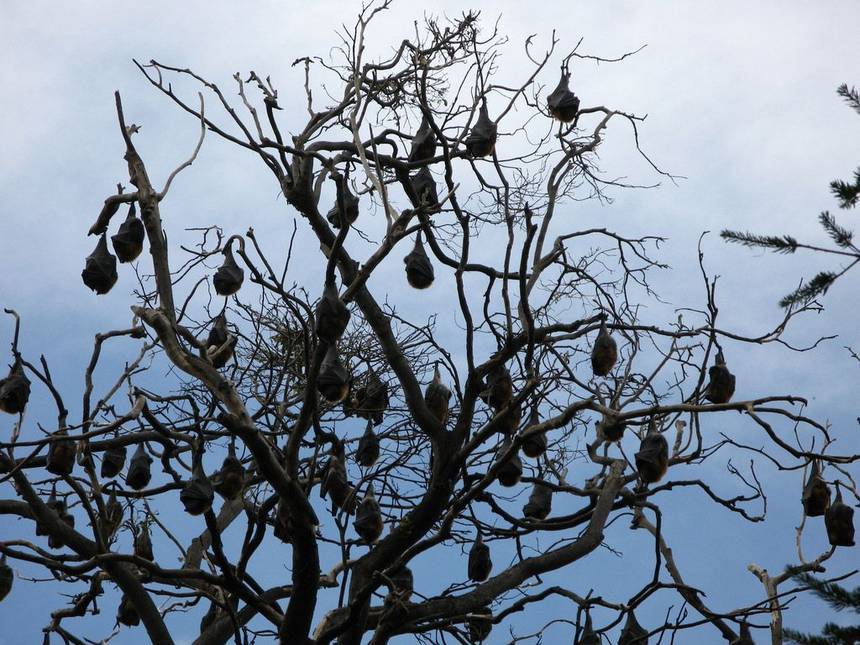You have no items in your cart. Want to get some nice things?
Go shoppingEditor’s Letter: Shashi Tharoor
Following the success of Litro’s special issue in 2016 featuring recent writing in English by the Indian diaspora, it is a pleasure to bring readers an edition focusing on contemporary Indian writing in what is often called “vernacular” languages, ably translated into English.
The challenge of making Indian writing accessible to an international readership is not an easy one. Writers in Indian languages inevitably make cultural assumptions that are not easily comprehensible to readers in other languages; they also use words and allusions that, when translated, can come across as stilted. This may explain why their quality is not always apparent. In his preface to The Vintage Book of Indian Writing 1947-1997 (1997), which he edited with Elizabeth West, Salman Rushdie made the now-notorious comment that “prose writing — both fiction and non-fiction — created in this period by Indian writers working in English is proving to be a more interesting body of work than most of what has been produced in the sixteen ‘official languages’ of India, and the so-called ‘vernacular’ languages, during the same time: and indeed, this new, and still burgeoning, ‘Indo-Anglian’ literature represents the most valuable contribution India has yet made to the world of books”.
Rushdie’s comment raised a great many hackles at the time, and the controversy has not entirely abated two decades later. In a sharp riposte, Amit Chaudhuri, editing The Picador Book of Modern Indian Literature (2001), asked a blunt question: “Can it be true that Indian writing, that endlessly rich, complex and problematic entity, is to be represented by a handful of writers who write in English, who live in England or America and whom one might have met at a party?” But Chaudhuri’s own selection, skewed as it was in favour of his native Bengali, hinted at some of the challenges of making a representative selection of writing from the wide variety of Indian languages in which modern literature is written. Not only are India’s languages mutually incomprehensible, they also vary significantly in literary culture and in the quality of translations available.
This edition of Litro sidesteps this particular problem by making no claim to being representative. It cannot possibly represent the entire range of what is available in Indian literature in Indian languages today. Instead, in the [six] stories and [three] poems here, by some of the most interesting and original talents writing in Indian languages, it offers a taste of the exciting literary smorgasbord that is available to Indian readers today.
In many ways Indian language writing draws from an older literary tradition than the British or Western canon does: the great epics the Mahabharata and the Ramayana are over two millennia old, and the fables of the Panchatantra inspired the works of Aesop. Indians have been telling each other stories in their own languages for far longer than they have been able to express themselves in the English of their colonial overlords. But whereas Indian writing in English, notably that of Rushdie himself, has been commended for smuggling a new idiom past the immigration-inspectors of English literature, writing in Indian languages coped with a dissimilar set of challenges. There was no comparable set of literary conventions to emulate or rebel against, the yardstick by which “Indo-Anglian” writers were long judged. Instead there was the challenge of expressing, in a language rooted in the Indian soil, the experience of a nation coming to terms with its own development and transformation, adjusting to modernity in a vocabulary that harked back to a pre-modern era. The writer in an Indian language is simultaneously describing a world that has not been described in the same way in her language before, and demonstrating not only her creative talent but the adequacy of the very vehicle she is using for this new journey.
We believe the stories and verse before you give you a glimpse of how well some contemporary Indian writers have risen to this challenge. If they whet the appetite for further exploration, this special edition of Litro will have served its purpose.

About Shashi Tharoor
Dr. Shashi Tharoor is a two-time MP from Thiruvananthapuram, the Chairman of the Parliamentary Standing Committee on External Affairs, the former Union Minister of State for External Affairs and Human Resource Development and the former UN Under-Secretary-General. He has written 15 books, including, most recently, India Shastra.




